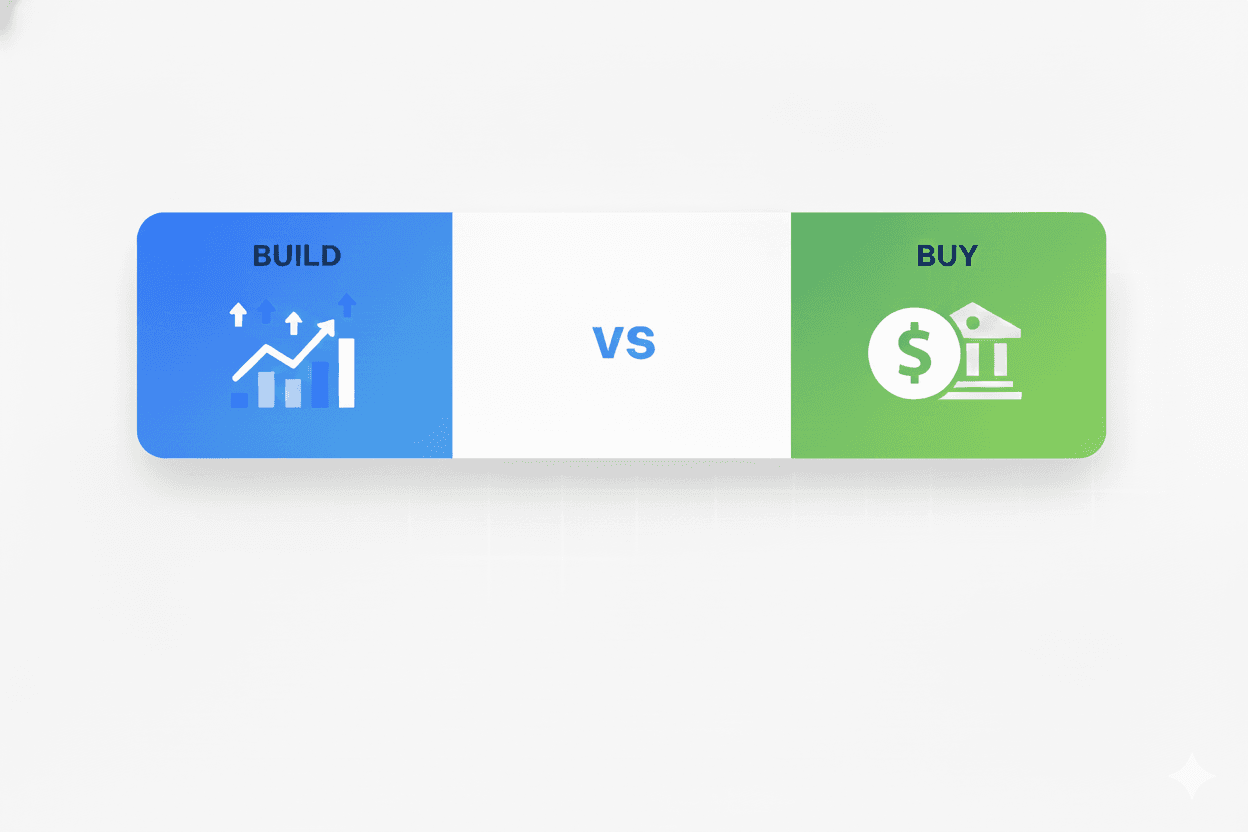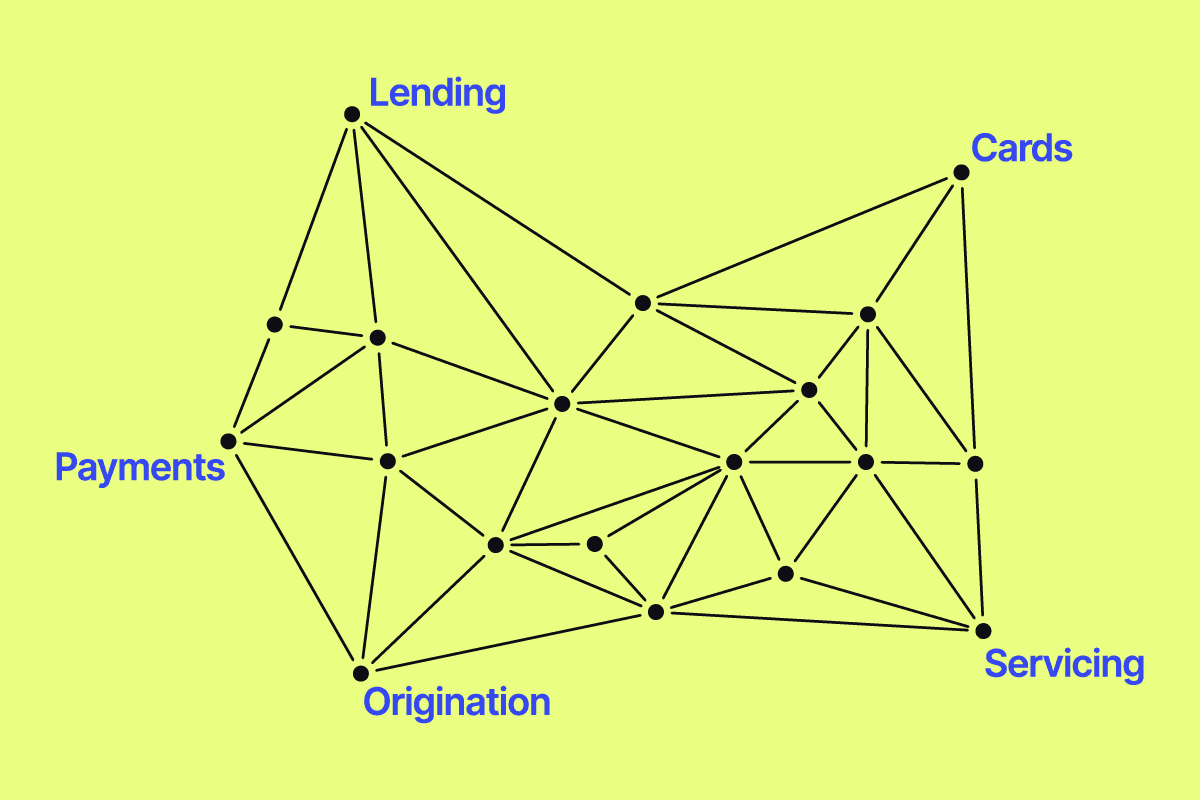In loan servicing, mistakes happen. Sometimes, interest is applied at the wrong rate, ACH payments are reversed, or fees are incorrectly charged.
When this happens, most lenders correct the mistake by digging into the ledger and modifying the past event, which is the obvious solution. However, making edits to your ledger introduces uncertainty when it comes time for an audit. This “rewrite history” approach can actually break your audit trail, making it difficult to understand (or explain to your auditor) how a certain balance was reached.
If you’re doing this, there’s another way to “change the past” without editing your audit trail directly and creating future confusion. When using Canopy for loan servicing, the ledger is immutable and append-only. This means when changes are made to records, we add a new record instead of modifying the past. The latest transaction offsets the previous one, and there’s a clear, auditable history of changes.
This concept, known as ‘retroactivity’, changes the past event and automatically recalculates the ledger to match reality, eliminating the need to untangle the past.
Below, we’ll dive into the benefits of a retroactive ledger and explore everyday lending use cases where retroactivity comes into play.
Flexibility without sacrificing the audit trail and compliance
An immutable, append-only ledger gives lenders significant advantages that enable them to operate with confidence, agility, and transparency.
- A permanent audit trail for easier compliance: A complete and unalterable record of all changes is invaluable for regulatory compliance. When an auditor asks how a specific balance was calculated, the immutable ledger allows you to trace every single transaction and correction, providing an irrefutable, step-by-step history. This high level of transparency eases lenders’ worries about compliance and helps maintain trust with regulators and partners.
- Higher transparency and improved risk management: With a clear, transparent view of an account’s changes over time, an immutable ledger makes it easier for lenders to conduct more accurate risk assessments. When it’s easy to clearly see how and why an account’s financial state has changed over time, it allows for more precise and proactive risk management.
- Unlocking retroactivity: The most significant benefit of an immutable ledger is retroactivity. This is the ability to apply a change to a past event and have the system automatically correct all subsequent calculations, without having to untangle every transaction manually. Retroactivity can save countless hours of manual accounting work and helps lenders fix mistakes without worrying about breaking their ledger.
The power of retroactivity in staying SCRA compliant
A typical real-world example of when retroactive application is necessary involves the Servicemembers Civil Relief Act (SCRA). SCRA regulations require lenders to cap interest rates for active military personnel at 6% for the entire duration of their service.
However, service members often forget to request the lower interest rate for many months after they begin service, so the requirement must be enforced retroactively. This forces the lender to reapply the interest at the lower rate to past payments and issue a refund for overpaid interest charges.
With a traditional system, this would be a painstaking process where an accountant would have to edit each payment and calculate what is owed manually. Since the ledger was edited directly, there is no record of the correction, so it appears that the payment was always correct when, in fact, it wasn’t.
With an immutable ledger, you enter the rate change from either the beginning of the loan or from when military service began as a new transaction. The system automatically calculates the new loan balance and any overcharged interest, ensuring compliance and freeing up valuable time. There’s a permanent audit trail that reflects reality, including the mistakes and the corrections, which is more transparent and truthful to auditors. Instead of rewriting history, it’s adding a layer of corrections.
Navigating two timelines: The secret to handling payment reversals
Another common issue that comes up is when making a correction creates a split timeline in the ledger: the time when the event actually occurred and the time when the system became aware of it.
Take an ACH reversal, for example, when a payment can take up to 90 days to be reversed. To maintain a proper audit trail, a modern lending system should create two timelines for the reversal:
- The Economic Timeline: The point in time when a change happened in reality. If an ACH payment is reversed 90 days after the fact, the system reflects this change as if it happened 90 days ago.
- The System Timeline: The moment the ledger becomes aware of the change. In the ACH example, the system becomes aware of the reversal today, but the change must be reflected on the economic timeline from 90 days ago. It must be noted that the change was made today, even though it affects a past payment.
When creating a new append record for a permanent, immutable ledger, you create both timelines simultaneously. You record and retroactively apply the correction (economic timeline), and you also record when you corrected it (system timeline). Only by recording both timelines can you truly have an accurate audit trail.
Tracking both of these timelines enables you to reconcile complex financial events, from payment reversals to retroactive interest rate changes, without compromising data integrity. This approach allows lenders to navigate complex scenarios and maintain the flexibility needed to apply corrections quickly.
The easier approach to compliant ledgering
Canopy’s append-only, immutable approach to ledgering enables solid financial tracking that can handle any scenario while preserving integrity in the audit trail. Rather than rewriting history, it’s adding a layer of correction to it. It’s also easier for lenders, as the correction adjusts the account balance to the correct amount while rectifying the past mistake.
Reach out to Canopy to learn more about how you can unlock flexibility in your ledger while making compliance easier.



